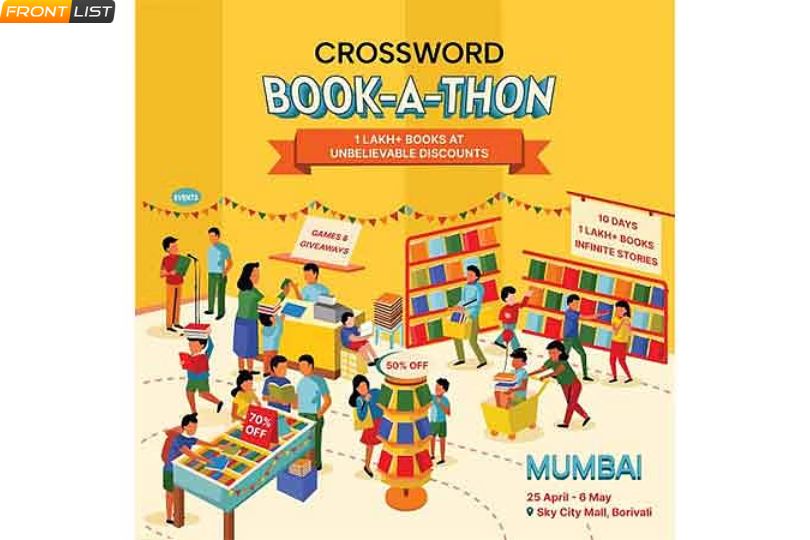Frontlist | Gautam Choubey interview: ‘I was quite smitten by the story’
Frontlist | Gautam Choubey interview: ‘I was quite smitten by the story’on Dec 07, 2020

When and how did you decide to translate this book?
My maternal grandfather, Dr Chandradhar Pandey, was a major Bhojpuri writer. Growing up in a Bhojpuri-speaking literary family, Mahendra Misir and Bhikhari Thakur, and even Pandey Kapil, were household names. Besides, the exploits of Misir and Dhelabai — the story in Phoolsunghi — too, are quite well-known in the region, subjected to four novel-length explorations. However, it wasn’t until late 2017, after completing my PhD from the English Department at Delhi University that I turned to Bhojpuri. That too at the behest of a senior colleague. A year later, when I finally read the book, I was moved by the sentiments it invoked, in ways I had never experienced. It was perhaps the emotive force of the mother tongue. I felt duty-bound to share it with the world at large, and that’s when I decided to translate Phoolsunghi. I was really fortunate that people at Penguin — Meru Gokhale and Ananya Bhatia, shared my enthusiasm.What are the contributions of Pandey Kapil to the Bhojpuri language?
Pandey Kapil was an institution in himself, a pioneering author, editor and person who held together the entire Bhojpuri literati for close four decades. Although he started his career as a Hindi poet with a collection of Hindi poems, he soon shifted to Bhojpuri and remained devoted to it. He edited Bhojpuri Sammelan Patrika, arguably the most important Bhojpuri periodical of its times and established his own publishing house — Bhojpuri Sansthan — publishing over 100 books in Bhojpuri and mentoring young authors. These two, I believe, are his greatest of contributions.Were there any particularly challenging segments in the book?
The Bhojpuri I speak isn’t as refined as the literary Bhojpuri. Moreover, there are multiple registers within the languages that I could joyously overcome with some help from my father, Bhojpuri scholars and the local populace. It was an experience, which at once was deeply personal and vibrantly collective.Please introduce us to the distinct works in Bhojpuri literature.
Bhojpuri traces its origins to devotional poems of the Nath and the Siddha sects, medieval legends such as Gopichand, and more concretely, to the songs of Kabir — often considered the first poet of the language. The history of publication in Bhojpuri is nearly 140 years old, Tegh Ali’s Badmash Darpan (1885) being the first. Rahul Sankrityayan, Mahendar Sashtri, Ramnath Pandey, Awadh Bihari Suman, Taeyab Hussain Peedit, P Chandravinod, Krishna Kumar, Mrityunjay Singh are some of the major writers, each writing across at least two genres. Ganesh Chaubey, Maheshwarachary and Viveki Rai among the older generation, and Bhagwatiprasad Dwivedi and Braj Bhushan Mishra among the present, are the leading critics. The list must also include enterprising bibliophiles — Ranjan Prakash, Ranjan Vikas and Vishwanath Sharma — who have archived rare Bhojpuri books.Could you reflect on the range of Bhojpuri language, particularly in fiction writing?
For a very long time, Bhojpuri was associated with the peasants. Songs marking religious rituals, the rhythms of provincial life, migration and seasons still dominate Bhojpuri literary imagination. However, ever since the first published book, Badmash Darpan, authors have explored Bhojpuri ghazal, short stories and poems. Travelogues and translation, both into or from Bhojpuri, by contrast, remain under-explored. Considering that the legendary Rahul Sankrityayan — author of eight Bhojpuri plays — is often regarded as the greatest proponent of these two forms, these lacks in the oeuvre appear surprising. Original published at New Indian Express.
Frontlist
Frontlist Latest news
Frontlist News
Gautam Choubey
Gautam Choubey interview
translated book



.jpg)






.jpg)

.jpg)
.jpg)
.jpg)

.jpg)
.jpg)










Sorry! No comment found for this post.